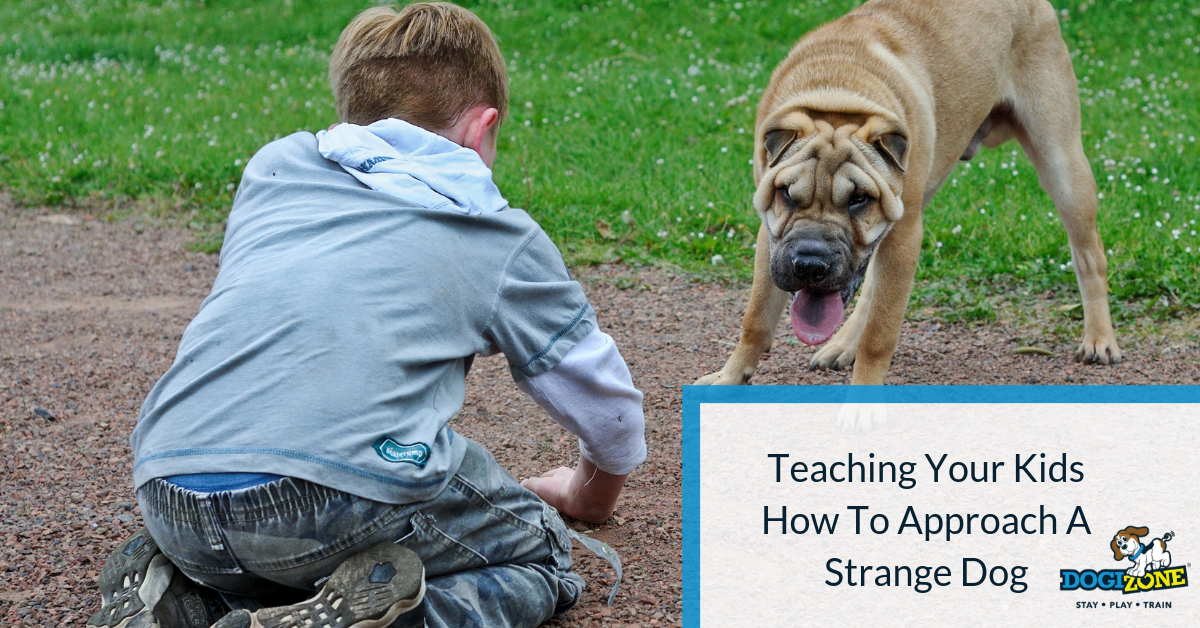Teaching Your Kids How To Approach A Strange Dog
How To Approach a Stray or Strange Dog

As the school year starts again and kids start walking back and forth to school, a quick lesson on how to approach a stray or strange dog is always important. This is particularly important for kids who love dogs and animals or kids who are very familiar with family pets.
Children that have only been around friendly, well-socialized dogs make the mistake of assuming all dogs are friendly. While the vast majority of dogs are going to be non-aggressive, the exception to the rule is always out there.
Never Approach A Strange Dog Without An Adult
This is a difficult lesson for kids who love dogs, but it is really the best option. Teaching children not to approach any dog that is out without an owner provides the least risk of any type of injury or dangerous situation for the child.
However, if the dog approaches the child, children need to understand the dog’s body language. Talking to kids about how to read a dog’s body language is critical for children to take the correct next step.
Read the Dog’s Body Language
A friendly dog will approach a stranger with the head up or down and the tail wagging. The ears may be forward or up, depending on the type of dog, and the dog may drop the ears and almost crouch down as they get closer. However, the dog is not hyper-attentive to the individual and is clearly relaxed and not approaching with an aggressive stance.
The child should let the dog sniff his or her hand before trying to pet the dog. Children should be taught not to attempt to grab the collar or hold the dog as this is often the trigger for aggressive or fearful reactions on the part of the dog.
Aggressive Dogs
If a dog approaches with an aggressive body posture, which may include the hackles and tail up or the dog in full crouch in a hunting type of hyper-attentive stance, the children should immediately freeze in place. They should know not to run, yell or to wave their arms or hands at the dog as this can create more anxiety and perceived threat for the dog, often resulting in biting behavior.
The child should avoid direct eye contact with the dog and, if they feel comfortable, speak to the dog calmly and softly. At the same time, if it is possible, the child should back away from the dog, always without making direct eye contact and without any fast or sudden movements.
If the dog continues to move towards the child, have the child move his or her backpack, jacket or anything else the child may be carrying between their body and the dog.
Most children will not have to deal with an aggressive dog. However, simply knowing they understand what to do in this situation helps to reduce the risk of your child being bitten.

